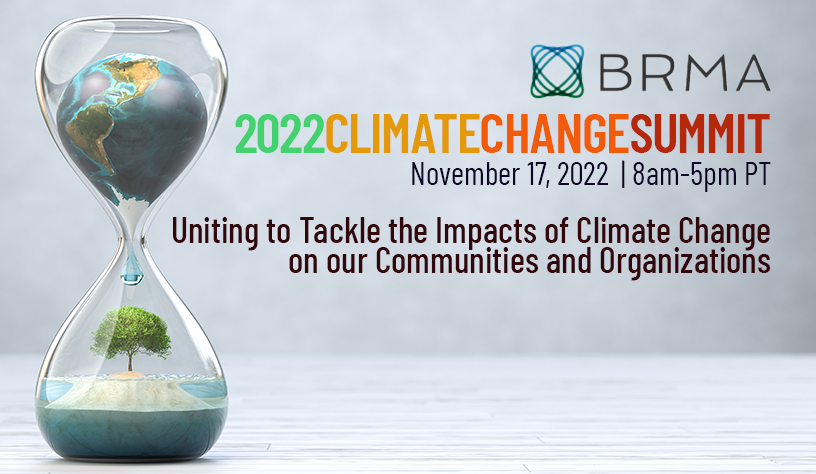Ryan Lynch
Climate Modeling – The Need for Accurate Information (BSI) Workshop
This session will educate participants on the types of climate forecasting needed to establish effective climate risk management systems and reporting. Information provided by credible forecasting related to locations throughout the value chain is a crucial element of a climate risk adaptation management system. This enables companies to prioritize efforts and understand how value chain stakeholders understand and manage current and future risks.
Appropriate forecasting identifies the potential for harm and the types of climate disruptions, including: drought, wildfire, sea level rise, extreme rainfall, wind, heat, etc. Information on the current and future operating environments enables companies to then understand the sensitivity to these hazards based on the types of operations, commodities, etc. This analysis then enables companies to assess site practices against these risks, and understand overall vulnerability.


















